You won't believe how many activities are available in and around Stellenbosch. Stop dreaming about your bucket list and start living it. The Cape Winelands has many opportunities to make most of those dreams come true. Grab a partner, pack a bag and create memories; stay in luxury accommodation and enjoy adventure moments that will turn you into a true storyteller.
A Day Trip to Cape Town
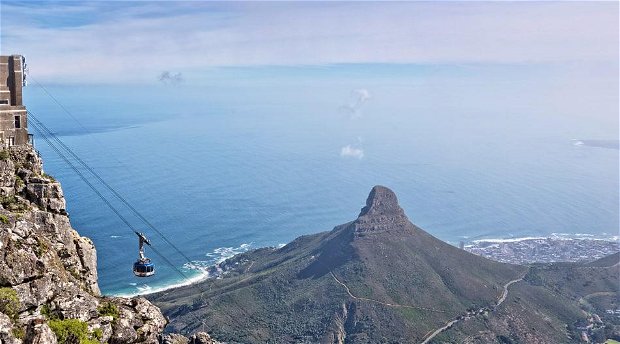
When you visit Cape Town, history is never far from your grasp. Culture lingers in the air, and the South Easter blows in the culture that shaped the Rainbow People. Stroll around old downtown and it's impossible not to be affected by the trials and tribulations of the struggle, but make sure to look up at Table Mountain to remember the beauty that came from it all.
It would be impossible to do all of the activities and visit all the sights in Cape Town in 1 day, but here is a list of 10 things we suggest you go do while staying at Mont Angelis. Whether you decide to fit in a few of these in one day, or just one at a time, just make sure you visit the Mother City, voted “The Best City in the World” for a few years in a row!
1. Kirstenbosch
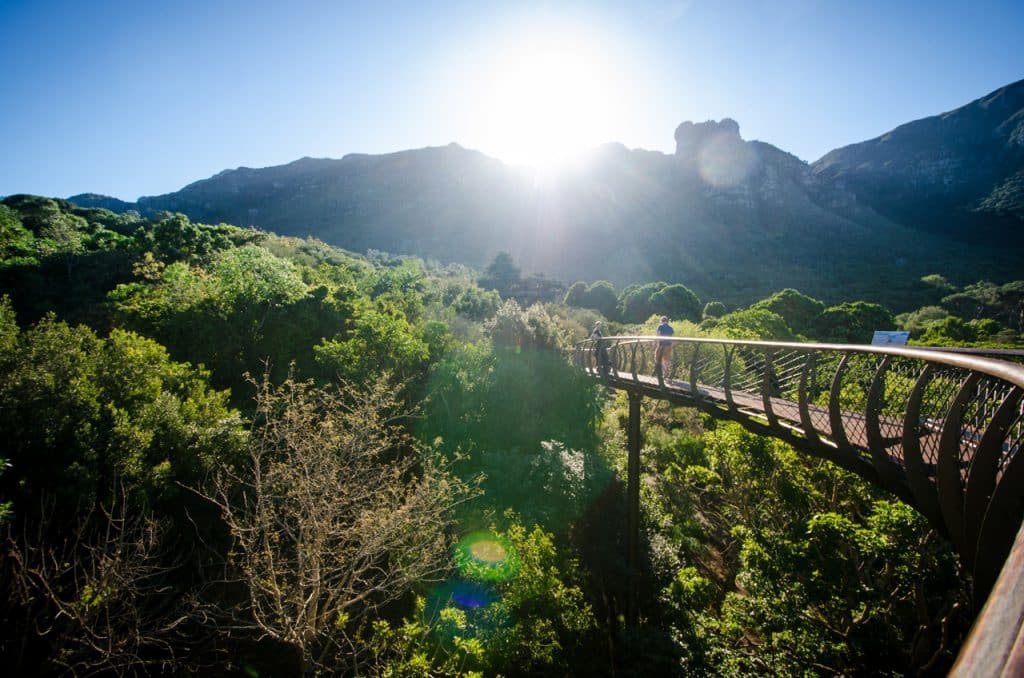 Photo courtesy of capetown.travel
Photo courtesy of capetown.travel
Kirstenbosch National Botanical Garden is world-famous for the beauty and variety of the Cape flora it displays and for the magnificence of its setting against the slopes of Table Mountain in Cape Town.
Kirstenbosch grows only indigenous South African plants. The Kirstenbosch estate covers 528 hectares and supports a diverse fynbos flora and natural forest.
The cultivated garden (36 hectares) displays collections of South African plants, particularly those from the winter rainfall region of the country. The Kirstenbosch Visitors' Centre includes an information desk and various retail outlets and a coffee shop. The Centre for Home Gardening has outlets for plants and other services to support the home garden.
One of the newest additions to Kirstenbosch is the “Boomslang”, an elevated walkway that takes you over the tops of the trees and gives you a bird’s eye view of Cape Town – a must-see and do!
During the summer months, Kirstenbosch hosts Sunday picnic Summer Concerts on one of the big laws, definitely one of the most spectacular views to enjoy while sipping on some great Cape Winelands wine and enjoying great local and international music.
We would suggest you take a few hours to walk through the gardens and experience the beauty of the Cape Flora, pack lunch or enjoy lunch at one of the great restaurants they have in the gardens. However you choose to explore Kirstenbosch, just make sure you find time during your trip to visit!
2. Table Mountain
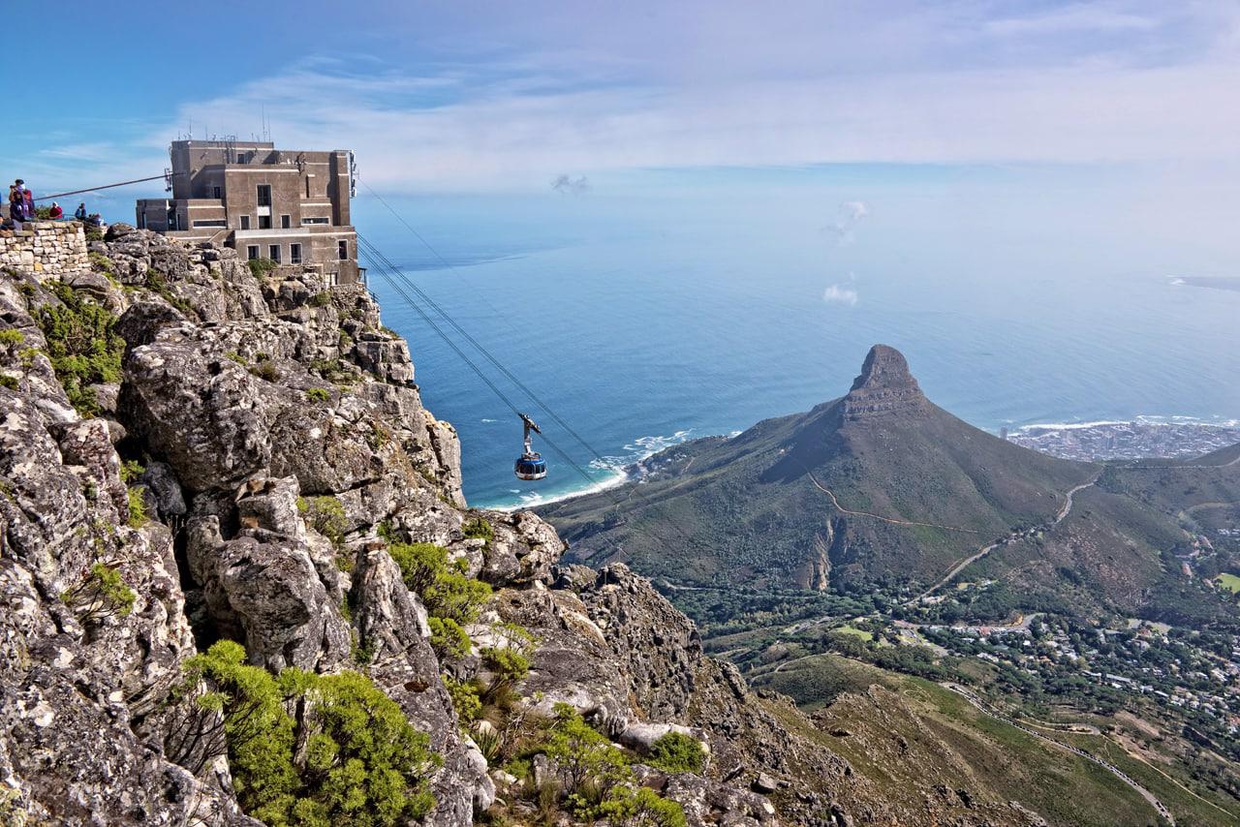 Photo courtesy of capetown.travel
Photo courtesy of capetown.travel
Cape Town locals are pretty fond of the mountain that watches over their city… and with good reason! Table Mountain was voted one of the New Seven Wonders of the World in 2011.
Hugged by Devil’s Peak and Lion’s Head, Table Mountain makes up the northern part of the Cape Fold Mountain range. The top of the mountain is a three-kilometre level plateau giving it the name Table Mountain.
The easiest option for getting up the mountain is the cableway, which has attracted an astonishing 24 million visitors since it first opened in 1929. Significantly revamped in 1997, the cable-cars now carry up to 65 passengers per trip. The journey up the mountain takes about five minutes and the cars rotate through 360 degrees during the trip, giving you incredible views of the mountain below. Cars depart from the lower cable station on Tafelberg Road every 10 to 15 minutes, but you can expect to spend a fair amount of time in the queue during peak season. The cableway doesn’t operate if the wind is too strong or the visibility too poor, so check in advance if the conditions seem unfavourable.
While the cableway is convenient and fun, you’ll get a much more adrenaline-filled experience by hiking up or down yourself. Just make sure to not do it alone, and check out the different hiking trails for difficulty level before choosing one.
The cableway station at the top of the mountain has a curio shop, a shop where you can stock up on snacks, and a restaurant. If you take the cableway up the mountain, but still want to do a little walking, there are some easy walks you can do at the top while enjoying the most beautiful view in the whole of Cape Town.
3. Zeitz MOCAA
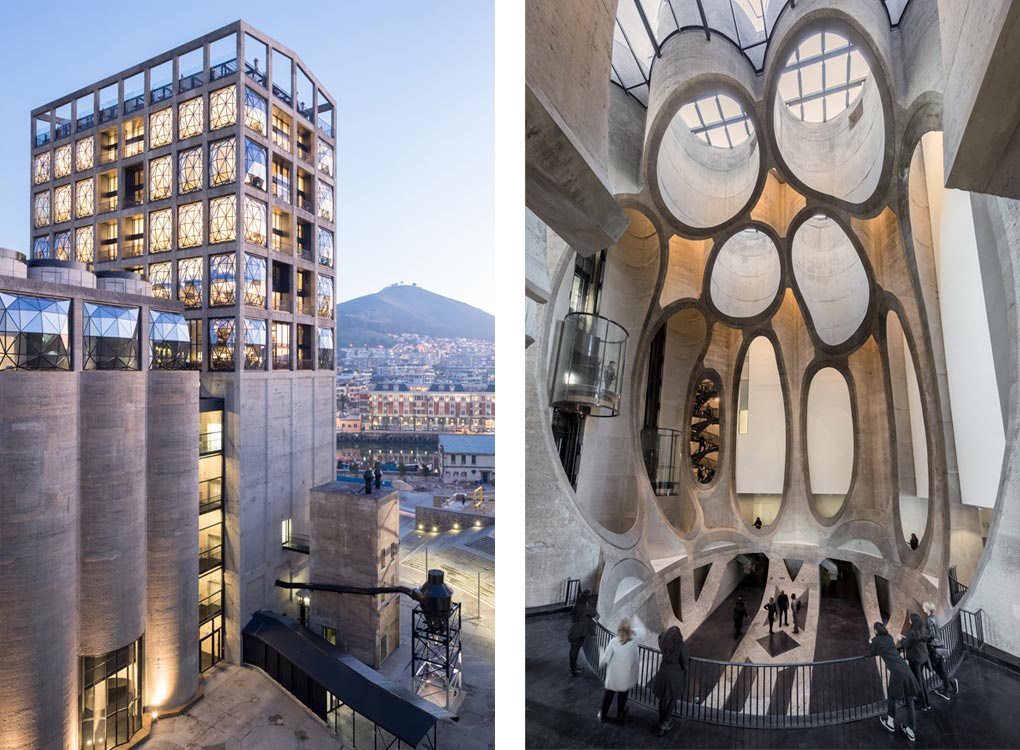 Photo courtesy of Urban.Next
Photo courtesy of Urban.Next
Zeitz Museum of Contemporary Art Africa (Zeitz MOCAA) is a public not-for-profit contemporary art museum which collects, preserves, researches, and exhibits twenty-first-century art from Africa and African artists throughout the world. The Museum is the biggest Art Museum in Africa and also the biggest museum in world that showcases art from Africa and its artists. The Museum hosts international exhibitions; develops supporting educational programmes; encourages intercultural understanding; and guarantees access for all. Over one hundred galleries on the nine floors, are dedicated to a large cutting edge permanent collection as well as some temporary collections and installations.
The museum is situated in an important historical landmark—the old grain silo at the V&A Waterfront. The silos were built in 1921, and for about 100 years they were the industrial heart of the harbour area. The original structure was comprised of 56 storage silos and an adjacent elevator building, and was made a heritage site.
The exhibition space covers 6,000 square meters over nine floors, with 100 gallery spaces. In other words; set aside at least a full day to visit. You can get tickets online or at the door. Daily admission in R180 per adult, or free for under-18s. On Wednesdays between 10 am and 1 pm, there is free entry for all citizens of African countries, and on the first Friday of every month, admission is half price between 4 pm and 9 pm.
4. Robben Island
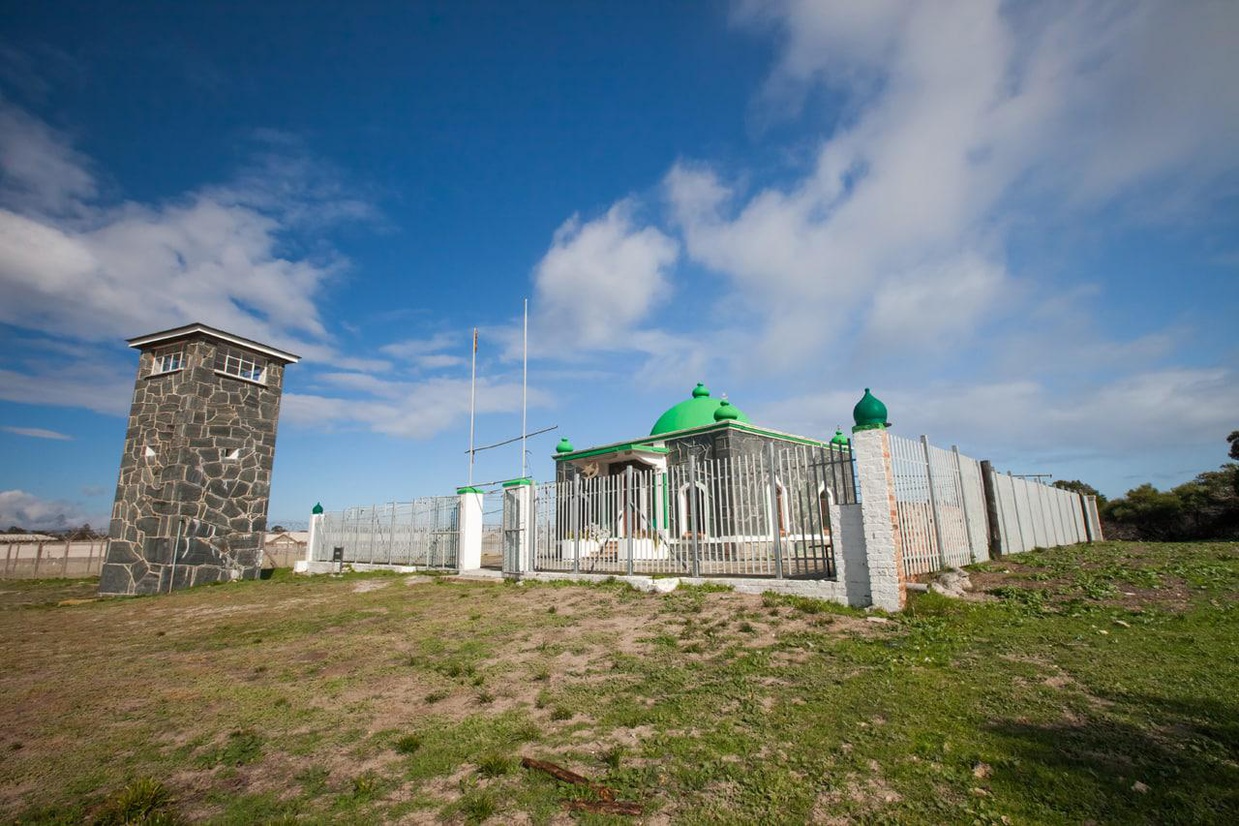 Photo courtesy of capetown.travel
Photo courtesy of capetown.travel
Robben Island is an Island in Table bay about 6.9km away from the coast of Bloubergstrand, Cape Town.
Nobel winner and former President of South Africa Nelson Mandela was imprisoned there for 18 of the 27 years he served behind bars before the fall of apartheid. To date, three former inmates of Robben Island have gone on to become President of South Africa: Nelson Mandela, Kgalema Motlanthe and Jacob Zuma.
Robben Island is a World Heritage Site and museum, offering daily tours. The tour begins at the Nelson Mandela Gateway at the V&A Waterfront with a multimedia exhibition, museum shop and restaurant, after which, guests depart on the ferry for a scenic trip to the island. Once on Robben Island itself, the tour is guided by a former political prisoner of the island, for unique and incomparable insights into the island’s history.
The tours depart at 9am, 11am and 1pm and we suggest that you buy tickets prior to the trip. Tickets range from R200 to R550.
5. Kalk Bay
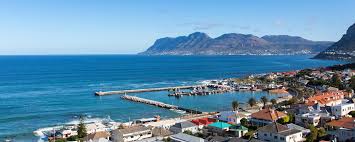 Photo courtesy of Getaway Magazine
Photo courtesy of Getaway Magazine
Whether it's food, art or adventure you're after, this seaside village has something for everyone.
It was named one of The 12 Coolest Cities Around The World by Forbes magazine in July 2018, after one visit to the quirky seaside village of Kalk Bay, it’s easy to understand why.
Part-sleepy fishing village and part-buzzy high street, Kalk Bay’s eclectic mix of historic buildings, cobbled streets, bohemian bric-a-brac shops, vintage bookstores, art and antique galleries, ocean and mountain views, quaint cafés and restaurants, colourful fishing vessels and creative locals is what makes it so charming, offering a unique experience unlike anywhere else in the city. If you haven’t already, pin Kalk Bay to the top of your list. Make sure you stop by Kalky’s for an authentic Fish and Chips lunch, have a drink at the bar at Brass Bell and explore all the other little stops in Kalk Bay for a truly authentic Kalk Bay experience.
6. Cape Point
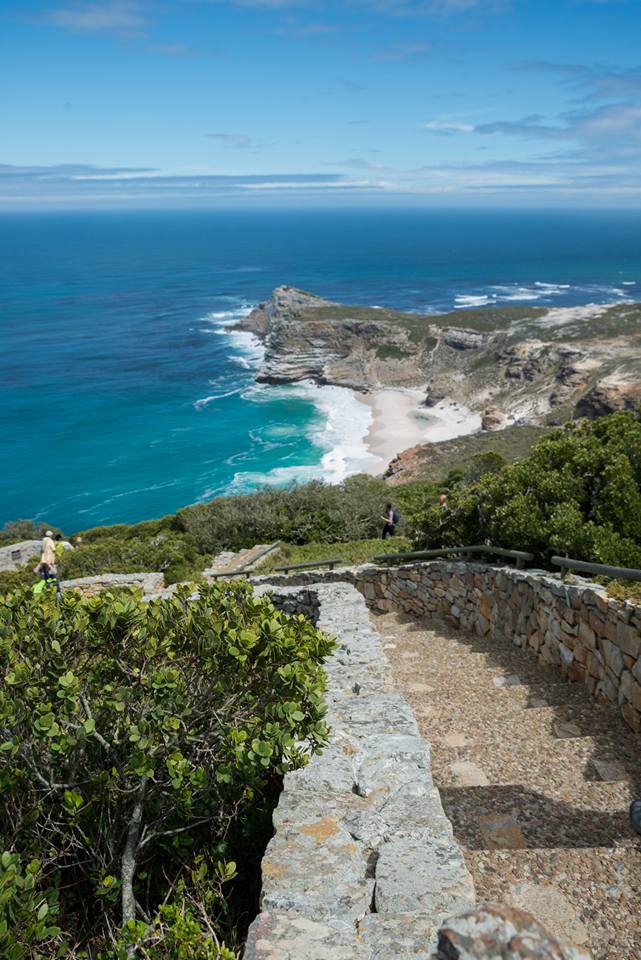
Cape Point offers a variety of thing to see and do, from the most spectacular viewpoints to the most isolated and serene beaches, and it’s impossible to fit them all in to a single visit. But here are some of our favourite things to do:
Just drive through the Nature reserve and take in some of the most breathtaking ocean and mountain scenery in the world.
Ride the Flying Dutchman Funicular up to the viewing point, below the old lighthouse. Or walk up if you have a little more time and energy! The view is definitely worth the trip!
Discover cultural and historical spots, including monuments to explorers such as Vasco da Gama and Bartolomeu Dias.
Great swimming spots, picnic sites and walks at the tidal pools.
Photograph or just enjoy the more than 1 100 indigenous plant species that you will find nowhere else in the world. As well as the 250 bird species found in the area.
Watch massive whales moving past Cape Point on their annual migration (around June to October).
Spot the Cape mountain zebra and the world’s largest antelope, the eland, among a variety of other fauna.
Walk the shipwreck trail to view a few of the 26 recorded shipwrecks around Cape Point.
Hike along a wide variety of scenic and overnight trails through natural fynbos and along sandy beaches.
Take part in a range of exciting outdoor activities, such as sea kayaking and mountain biking.
Explore a wide variety of stunning dive sites that lie waiting to be explored on both sides of the Point.
Always keep a lookout for the legendary ghost ship – The Flying Dutchman!
It may sound overwhelming to try and do it all, but we do encourage you to at least do a few of the activities at Cape Point!
7. Boulders Beach
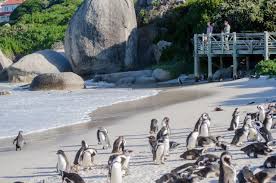 Photo courtesy of capetown.travel
Photo courtesy of capetown.travel
The beautiful Boulders Beach is one of Cape Town’s most visited beaches and the only place in the world where you get close to African Penguins.
Cape Town has some of the most amazing beaches in the world, but Boulders Beach in False Bay offers something extra special – a colony of African Penguins in all their smartly dresses, waddling glory, right under your nose.
Boulders Beach isn’t just a great place for penguins, it’s also a popular family-friendly swimming beach where kids can climb over the boulders, explore the rock pools, or swim in the cool, clear False Bay water. It’s also a great place for a leisurely picnic. Due to the R65 conservation fee, the beach is rarely packed.
A couple of years ago three wheelchair-friendly boardwalks were constructed to accommodate the thousands of tourists and locals that visit the beach each year. These boardwalks wind their way through the dunes and vegetation and not only provides great viewing spots, but also protects nesting penguins and their chicks, which is fantastic because the African Penguin is now an endangered species, but at Boulder’s Beach they get to nest and live in a safe environment.
8. Bo-Kaap
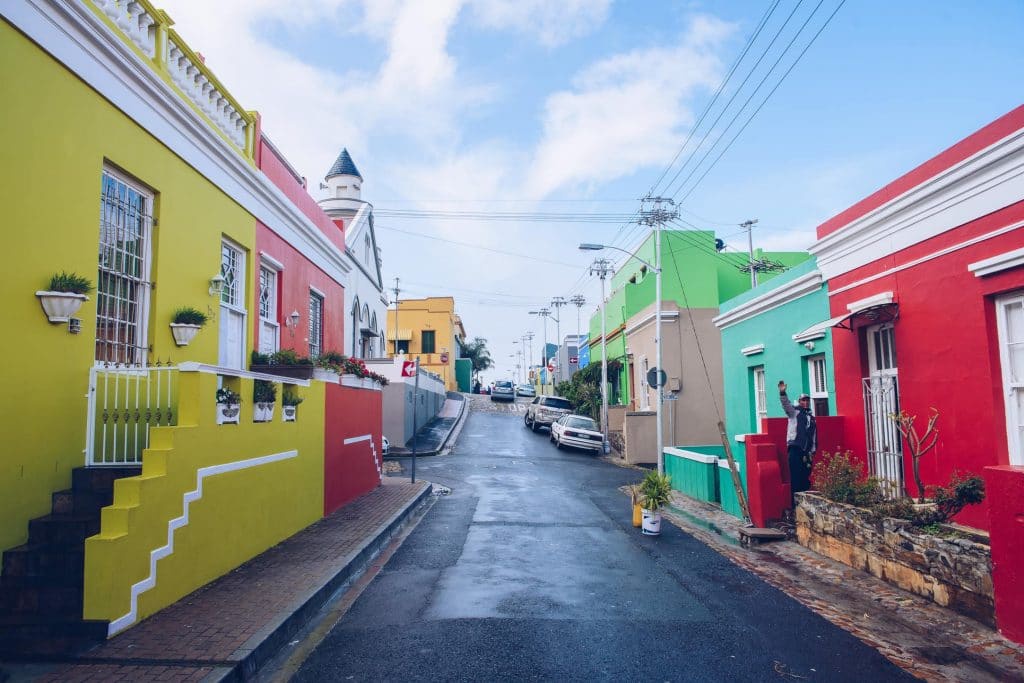 Photo courtesy of capetown.travel
Photo courtesy of capetown.travel
Situated at the foot of Signal Hill, on the edge of the city centre, and formerly known as the Malay Quarter, the Bo-Kaap’s origins date back to the 1760s when numerous rental houses were built and leased to slaves. These people were known as Cape Malays, and were brought from Malaysia, Indonesia and the rest of Africa to work in the Cape.
To this day, the houses are a mix of Cape Dutch and Georgian architecture, in distinctive multi-coloured rows on steeply cobbled roads. The bright colours are a result of the rental houses that had to be white, so when the rule was lifted and the slaves were allowed to buy the houses they painted them in different bright colours to celebrate their freedom. Many of the families have been living there for many generations and the Bo-Kaap community is an essential part of the cultural heritage of Cape Town.
The oldest building in the Bo-Kaap is in Wale Street and currently houses the Bo-Kaap Museum. This is the best place to discover the real history of the area and to get a glimpse into the life of a typical Malay family. The first established Muslim mosque in South Africa, the Auwal Mosque, can also be found in the Bo-Kaap.
A must-do while visiting the Bo-Kaap is to enjoy a traditional Cape Malay meal at one of the restaurants, or a Cape Malay cooking course with one of the expert locals. Recipes date back centuries and are a spicy mix of Middle Eastern and Dutch styles of cooking, usually consisting of fruit, spices, vegetables and meat. Or you can also stop at a corner café and pick up a few snacks like samoosas (crispy triangle pastries), half-moons (crescent-shaped savoury snacks), daltjies (chilli bites), slangetjies and paaper bites (crisps), koesisters (spicy doughnuts) and boeber (a sweet sago and vermicelli drink).
The Bo-Kaap is not only a gorgeous, colourful and fun backdrop for photos it is also rich in heritage and culture, which makes it a must do when visiting Cape Town.
9. Woodstock
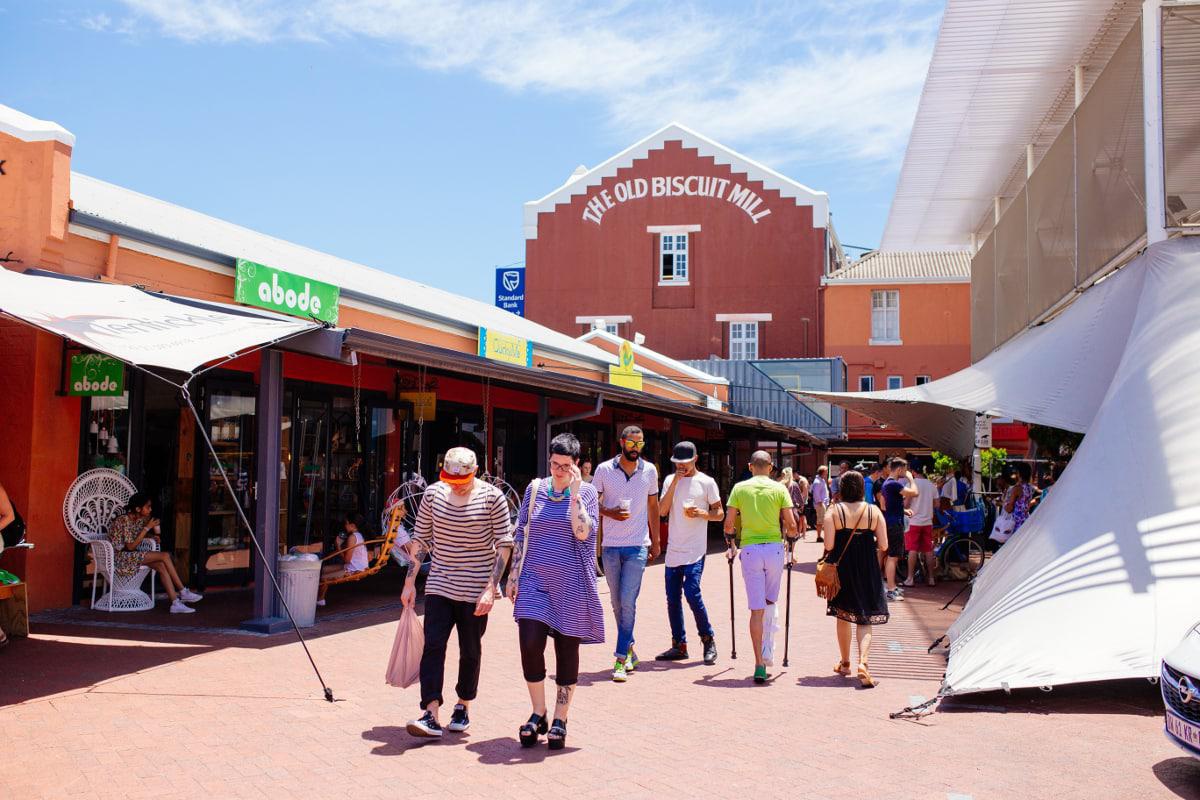 Photo courtesy of capetown.travel
Photo courtesy of capetown.travel
Woodstock is one of the oldest suburbs in Cape Town and it is also one of the trendiest. An incredible mix of diversity and cultures combine to make the neighbourhood a vibrant, bustling blend of food, fashion, arts, and design. Woodstock is a place to be seen and heard, favoured by locals for good reason.
Located just 10 minutes from the centre of Cape Town, Woodstock is the oldest suburb. Formerly one of Cape Town’s most dangerous neighbourhoods, this multiracial melting pot has undergone a vast regeneration over the past several years to become arguably the trendiest suburb in the ‘Mother City’.
Here you can enjoy a variety of coffee houses, eateries, breweries, boutiques, art galleries, street art, and of course, the crazy main streets.
The streets are adorned with incredible street art, it is a hub for boutique stores and markets and you can eat at some of the best restaurants in the country right in the heart of Woodstock, as well as enjoy some amazing craft beer – whatever you are looking for, you are guaranteed to find it in Woodstock, so be sure to add this stop on your trip to Cape Town.
10. Sunset Cruise and shopping at V&A
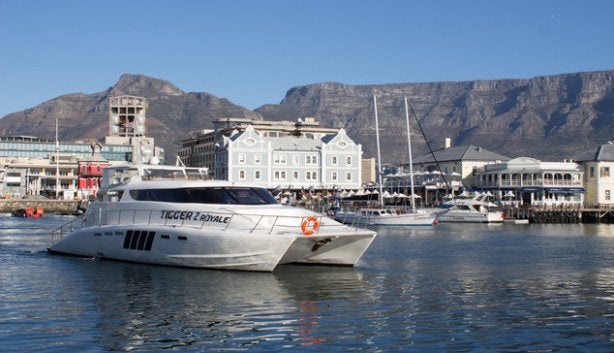 Photo courtesy of Cape Town Magazine
Photo courtesy of Cape Town Magazine
Cape Town has one of the best coastlines in the world – producing some of the best wines on top of the natural beauty it holds. As the sun sets over the Atlantic Ocean and fills the sky with vibrant colours, you could find yourself in the middle of it all with a romantic boat cruise. There are many Sunset cruises to choose from, but they all offer a sunset cruise to give you the full experience of Cape Town from a whole different viewpoint.
The V&A Waterfront attracts more than 23 million visitors a year, as it is situated in South Africa’s oldest working harbour that boasts some of the best commercial and residential real estate on the West Coast. The waterfront hosts over 450 retail outlets, together with the Zeitz Museum of Contemporary Art Africa and the Nelson Mandela Gateway to Robben Island as well as the Two Oceans Aquarium, the Cape Wheel and some of the best restaurants in Cape Town. No doubt, you can expect to be thoroughly entertained before and after enjoying your sunset cruise from the V&A Waterfront.
Further Reading
Arnold Palmer, one of Golf’s Greatest Legends said the following: “Golf is deceptively simple and endlessly complicated; it satisfies the soul and frustrates the intellect. It is at the same time rewarding and maddening - and it is without a doubt the greatest game mankind has ever invented” If you find yourself in the Cape Winelands looking to play the “greatest game”, here are 6 of the best Golf Courses where you...
Stellenbosch has art galleries to satisfy all visitors whether they are art connoisseurs or just those who want to see art by local artists through South African history. Themes cover the South African landscape, indigenous people, social commentary and everyday life. Artists on display include Irma Stern, Maggie Laubser, Walter Batiss, William Kentridge, Robert Hodgins, Trevor Makhoba, Louis Makubela, Alexis Preller and many more. So to all the art lovers out there,...





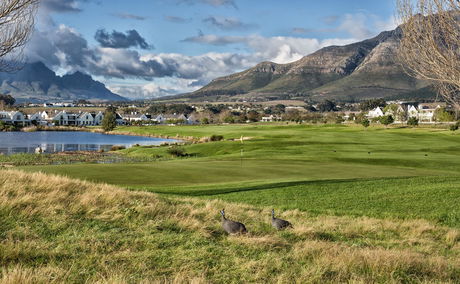
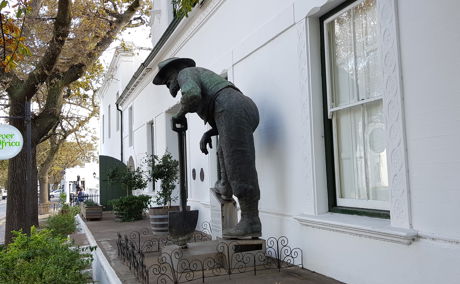
Share This Post